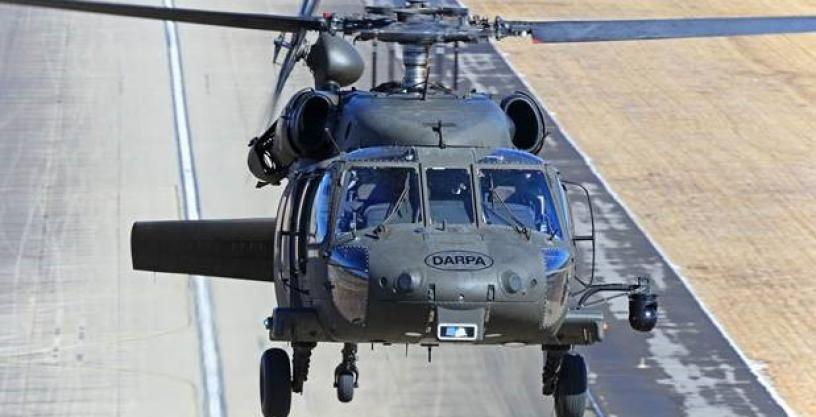Summary

Military aircraft have evolved to incorporate ever more automated capabilities, improving mission safety and success rates.
Yet operators of even the most automated aircraft must still manage dauntingly complex interfaces and be prepared to respond effectively in emergencies and other unexpected situations that no amount of training can fully prepare one for.
Avionics and software upgrades can help, but the high cost of such improvements—which can run into the tens of millions of dollars per aircraft—has limited the development, testing and fielding of novel automation capabilities.
To help overcome these challenges, DARPA created the Aircrew Labor In-Cockpit Automation System (ALIAS) program. ALIAS envisions a tailorable, drop-in, removable kit that would promote the addition of high levels of automation into existing aircraft, enabling operation with reduced onboard crew. The program intends to leverage the considerable advances made in aircraft automation systems over the past 50 years, as well as similar advances in remotely piloted aircraft automation, to help reduce pilot workload, augment mission performance and improve aircraft safety.
As an automation system, ALIAS aims to support execution of an entire mission from takeoff to landing, even in the face of contingency events such as aircraft system failures. ALIAS system attributes, such as persistent-state monitoring and rapid recall of flight procedures, would further enhance flight safety. Easy-to-use touch and voice interfaces would facilitate supervisor-ALIAS interaction. ALIAS would also provide a platform for integrating additional automation or autonomy capabilities tailored for specific missions.
